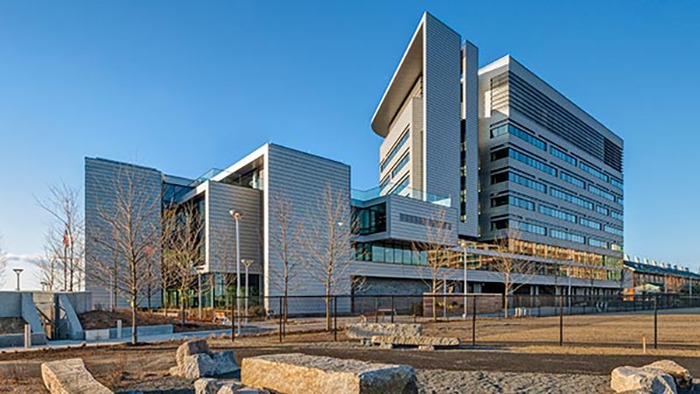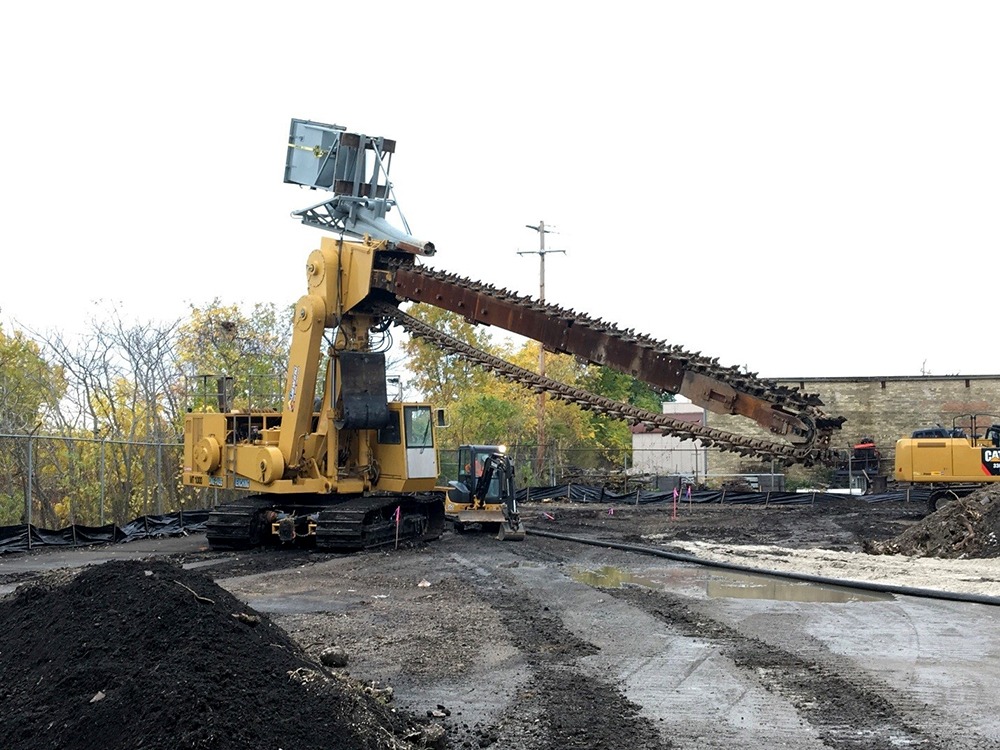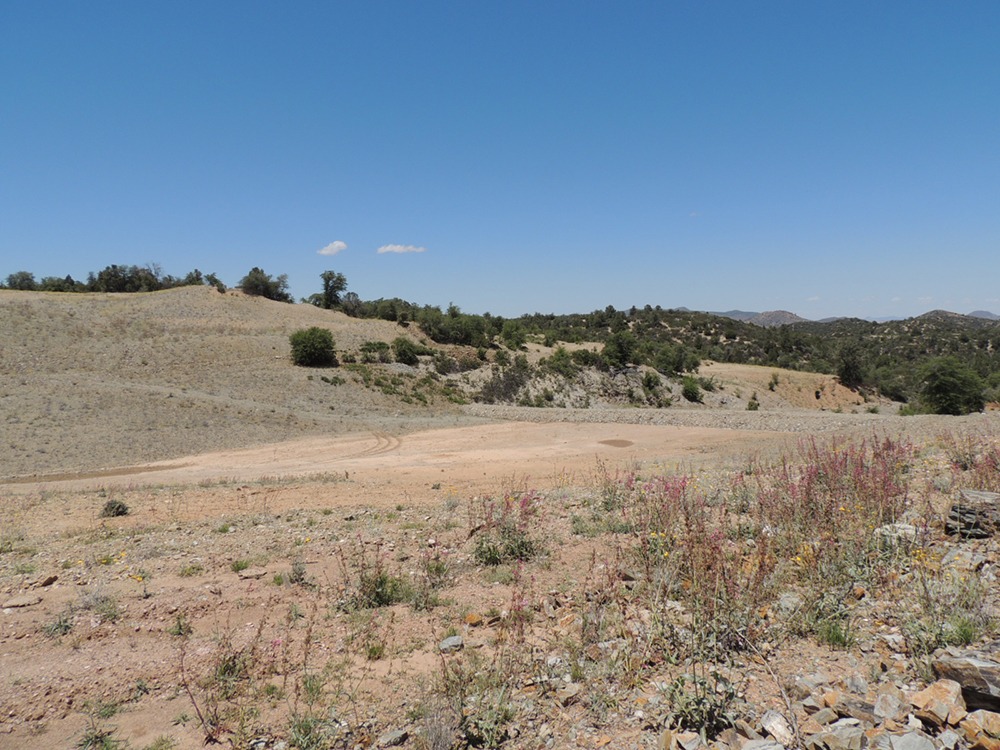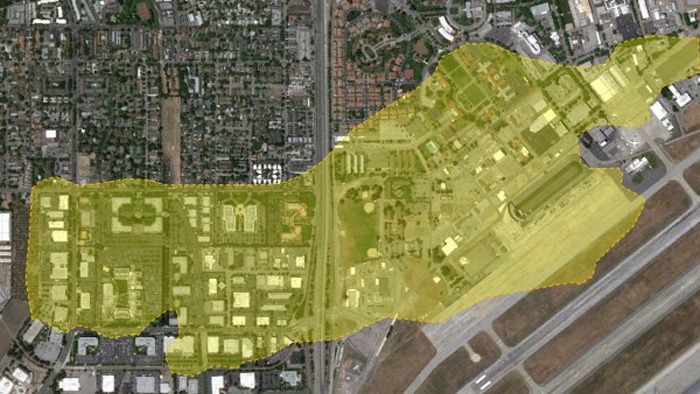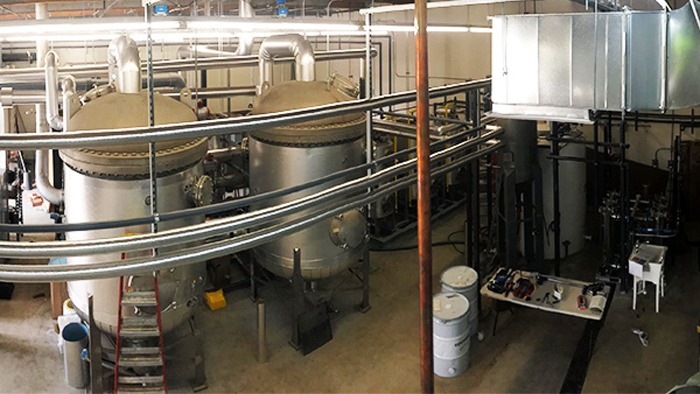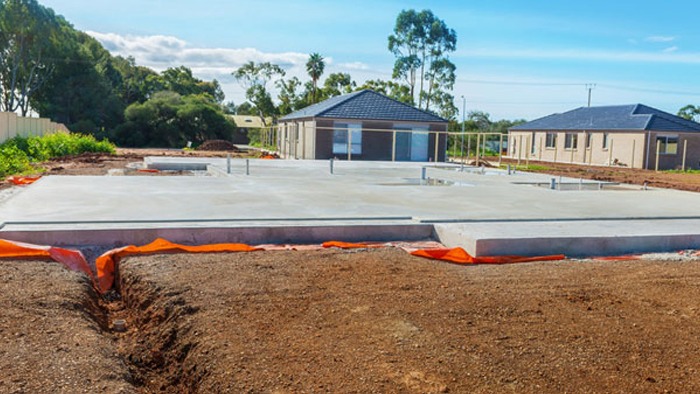
Aerospace
Haley & Aldrich streamlines vapor intrusion investigation and obtains regulatory and stakeholder support for Superfund site
5 months
saved using a streamlined approach to complete vapor intrusion assessments and reporting
$500,000
saved through an efficient regulatory approval process
Summary
- Haley & Aldrich’s remediation team helped the potentially responsible parties (PRPs) for a Superfund site complete a sitewide remedial investigation and feasibility study.
- We listened to our clients’ and other stakeholders’ concerns and helped all parties align around a common end goal.
- We designed an efficient and standard vapor intrusion assessment approach that could be used by others at the site and customized for site conditions as needed, making it more cost-effective to implement.
- We also proactively involved the EPA to expedite regulatory approval.
Client challenge
The PRPs for a Superfund site needed to complete a sitewide remedial investigation/feasibility (RI/FS) study to address the potential vapor intrusion (VI) pathway. At more than one square mile, this was one of the largest VI sites in the United States. The PRPs needed to assess the potential vapor intrusion pathway in a complex and highly populated area of nonresidential and residential developments. Without much precedent, our team developed an efficient, standardized, and scientifically defensible approach that met regulatory approval and found common ground with the many stakeholders involved.
Our approach
We approached the effort holistically by developing an understanding of our clients’ and stakeholders’ concerns and getting alignment around a common end goal — assessing and addressing the potential VI pathway in a community of more than 300 businesses and residential structures located over the VOC groundwater plume. We communicated with the PRPs, regulatory agencies, community groups, tenants, and landlords throughout the project to inform, get feedback, and secure buy-in on our approach. We also helped assemble and organize a panel of nationally renowned toxicologists and partnered with EPA to identify interim trichloroethylene (TCE) risk levels while EPA was finalizing its own risk assessment work. We designed an efficient and standard VI assessment approach so it could be used by others at the site and customized for unique site conditions as needed, which resulted in cost-effective implementation.
To expedite regulatory approval, we proactively involved EPA continually throughout the process. This included getting EPA’s input on our proposed approach early, conducting building walkthroughs with EPA staff, and obtaining early approval of sampling locations and approaches. We used Lean principles to create standardized processes and templates, which streamlined and expedited the work. These included developing and implementing a standard property access agreement, standard electronic questionnaire, two-page sampling work plans, a report template to transmit the results to EPA, conclusions, and recommendations of the assessments for each property investigated.
When we identified that the VI pathway was potentially complete, we moved quickly and proactively to design, implement, and operate mitigation measures when needed.
Value delivered
- Saved clients more than $500,000 by creating an efficient regulatory approval process that eliminated redundant work, extensive reviews, and long comment periods
- Completed an RI/FS process and Institutional Controls approach solely focused on the VI pathway that has since been used by others to assess the VI pathway at other Superfund sites
- Worked with the EPA Region to develop an Institutional Controls process for the site, which is featured in EPA’s 2015 VI guidance
- Completed 30 VI assessments using a streamlined approach that employed Lean principles, including reporting in 30 days, which otherwise would have taken more than six months
- Designed and implemented proactive mitigation measures that addressed potentially completed VI pathways
For more information, contact:

Principal Consultant





